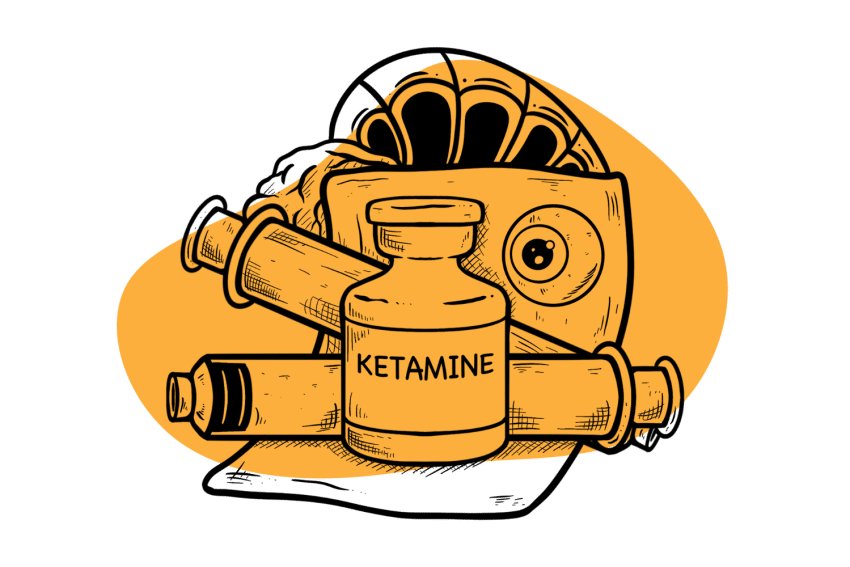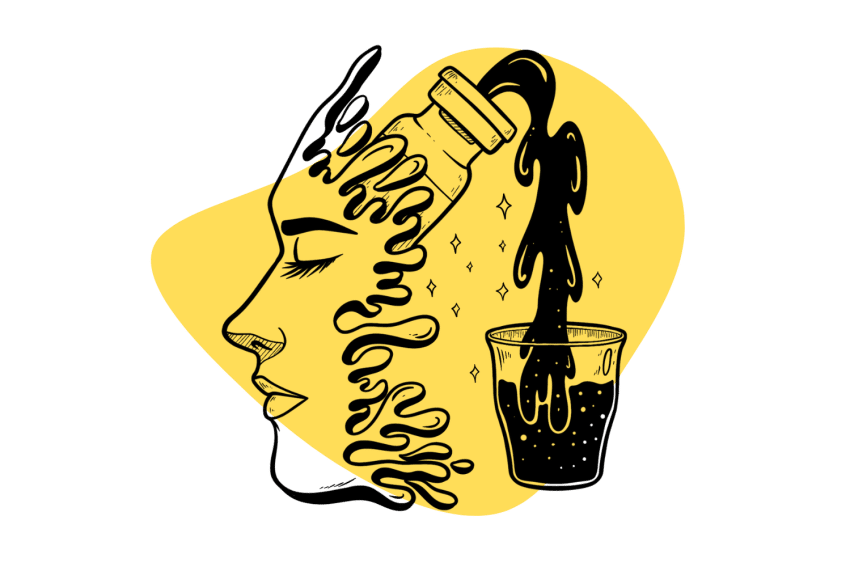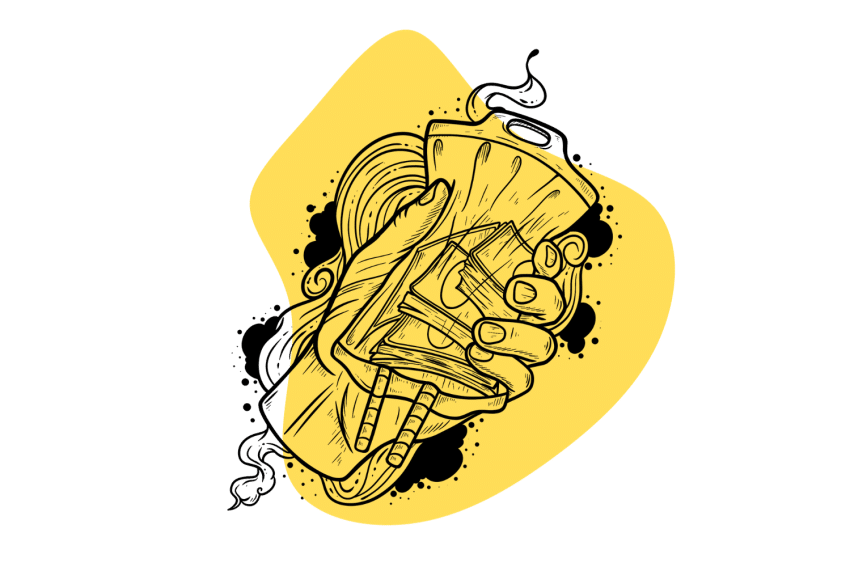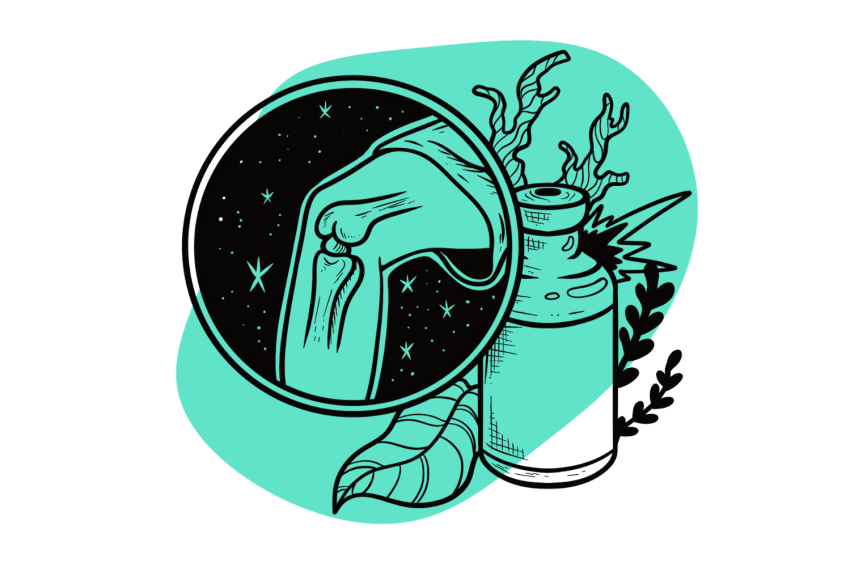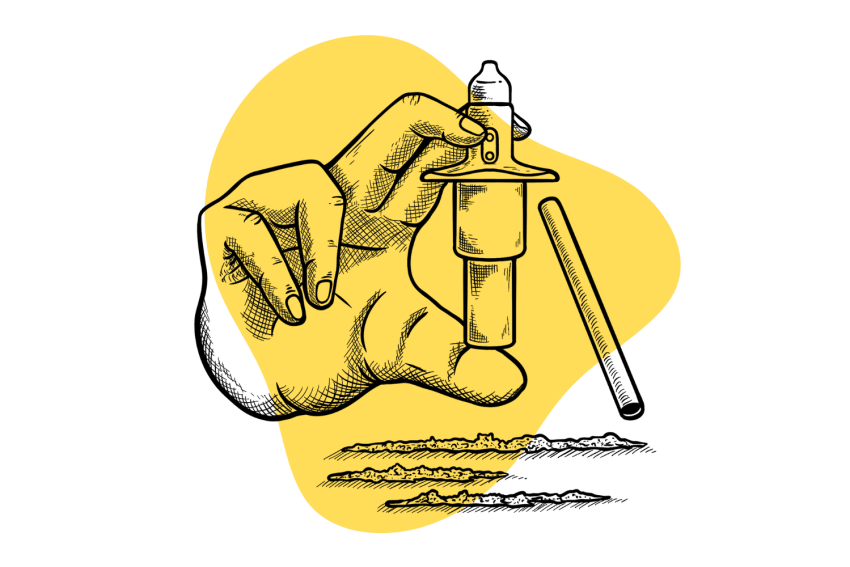How Much Ketamine is Used to Treat Pain?
Ketamine is normally given at doses between 1-4.5 mg/kg (intravenous), 0.5 to 1 mg/kg (injections), 1 mg/kg (intranasal spray), or 0.5 to 2 mg/kg (oral) — however, there are many factors that can change these ranges. Never try to self-treat pain with ketamine.
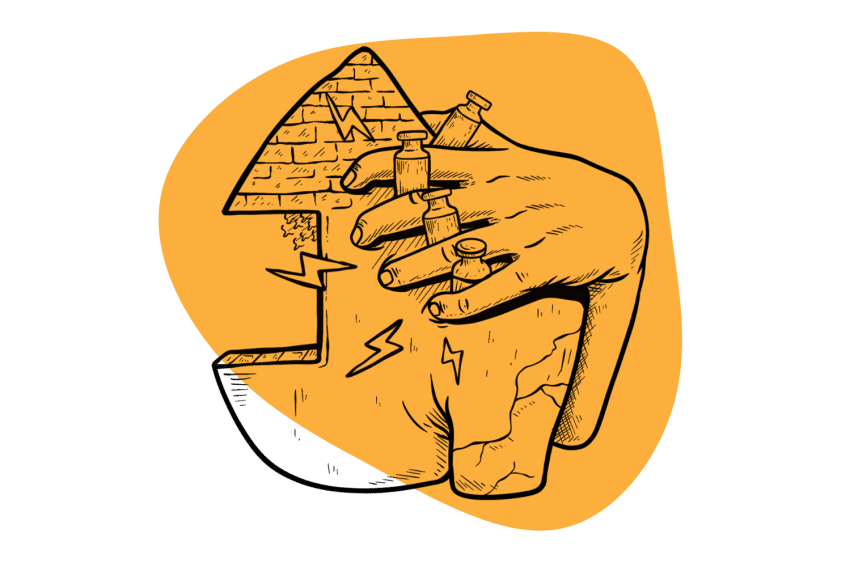
Since its inception, ketamine has been known for its ability to relieve pain. Ketamine was developed as a surgical anesthetic, but its effects on postoperative pain are well known. To this day, the World Health Organization considers ketamine an essential medicine, and it’s common in hospitals and emergency services globally.
Recently, a shift from treating acute pain to chronic pain with ketamine has been spurred by research from the early 2000s at Yale.
This article focuses on ketamine for chronic pain, including how ketamine is used for chronic pain, what types of pain it works for, what the doses are for each use case, and the method of consumption.
What Kind of Pain is Ketamine Good for?
Ketamine can be used for several types of pain, particularly neuropathic pain in the short term.
Research is still catching up to the anecdotes and advertisements of ketamine infusion clinics. We have a lot to learn about using ketamine for pain.
Until recently, most of ketamine’s use has been as an anesthetic. It can be administered locally, to a specific part of the body, or to make someone unconscious for an extended period. The sedative effect and painkilling properties make it a valuable addition to medical toolkits.
Ketamine is also sometimes used for acute pain coming from scraped knees, broken bones, and other physical traumas.
Chronic pain is longer-term, such as pain from ongoing conditions like arthritis or fibromyalgia.
Some evidence exists for ketamine treating neuropathic, mixed neuropathic-nociceptive, and primary nociceptive pain.
Ketamine has been studied for treating the following chronic conditions:
- Cancer (neoplastic pain)
- Fibromyalgia
- Complex Regional Pain Syndrome (CRPS) types I and II
- Migraines
- Spinal cord injury
- Phantom limb pain
- Ischemic limb pain
The above list represents conditions appearing even at small scales in research. Many infusion clinics advertise treating a broad spectrum of conditions. Some researchers remain skeptical of ketamine’s effects on non-cancer-related chronic pain [1].
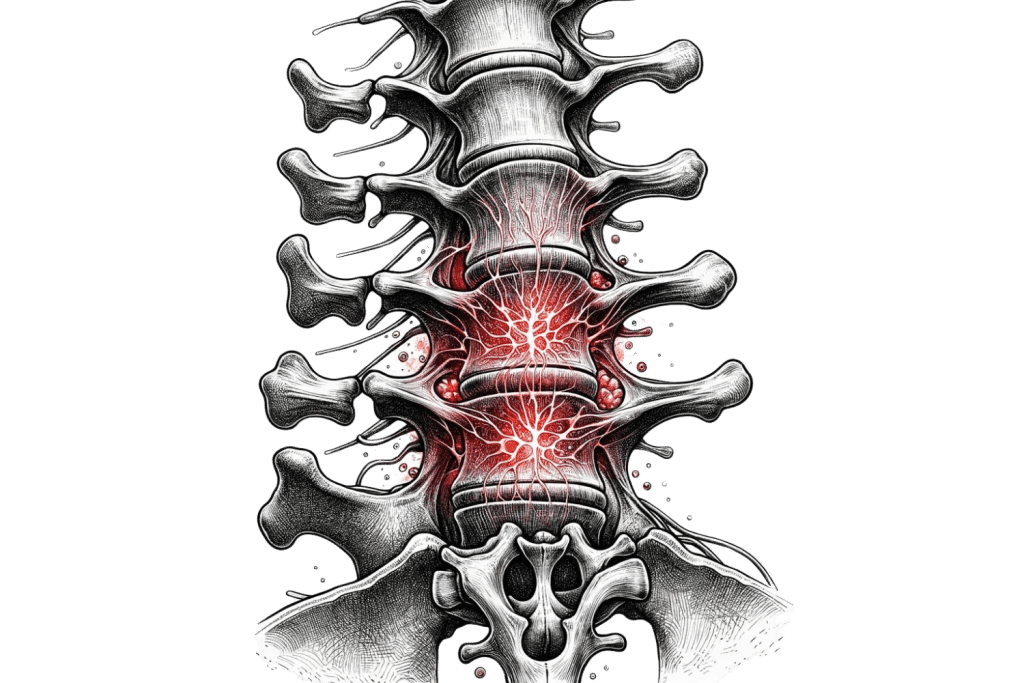
How is Ketamine Used for Pain?
Ketamine is administered in various ways, depending on the condition and the environment.
Most ketamine is given through intramuscular (IM) or intravenous injections (IV). These may be intermittent or as a longer infusion over several hours.
Intravenous infusions should only be performed in a clinic by a doctor or nurse with anesthesiology training. Infusions also require monitoring equipment for safety and can take several hours.
Another method is oral ketamine, such as lozenges or troches. These routes are usually prescribed for mental health, with oral ketamine readily available through telehealth platforms.
Intranasal ketamine is commonly sold as Spravato, specifically prescribed for treatment-resistant depression, but has shown effects on pain, which we cover below.
Ketamine & Opioids
Ketamine is sometimes used for people who cannot tolerate opioids. Overprescription of opioids has contributed to widespread addiction, making ketamine a useful alternative for pain. When opioids are no longer effective, such as in people who have a high opioid tolerance, ketamine can be used instead.
Researchers have stated ketamine is not necessarily inferior to opioids for acute pain, with a rapid onset and comparable effects to morphine for twenty minutes [2].
Ketamine can be used alongside opioids for its sparing effect, reducing the amount of opioids needed and potentially lessening the side effects and risk of opioid addiction [3].
Ketamine Doses for Pain
Established doses for ketamine are generally for anesthesia. There is no official regulatory guidance on subanesthetic dosing. An anesthetic dose of ketamine can range from 1-4.5 mg/kg, although a dose for pain will be much lower.
Intravenous Ketamine Infusion Dose for Pain: IV Drip
Ketamine infusions for pain are considered “low-dose” ketamine. High-dose anesthesia ranges are between 1-4.5 mg/kg.
Infusions for pain are typically around:
- Acute Pain — Infusions are not to exceed 1 mg/kg per hour and for intermittent injections, 0.1 mg/kg every 4 hours. Continuous infusions start with 0.1 mg/kg/h for continuous infusion, to a maximum of 0.25 mg/kg/h [4].
- Chronic Pain — A recent study calculated that the average infusion dose for chronic pain is 0.35 mg/kg. Across the studies analyzed, the duration was typically five hours. Amounts can vary from person to person and often must be adjusted [5].
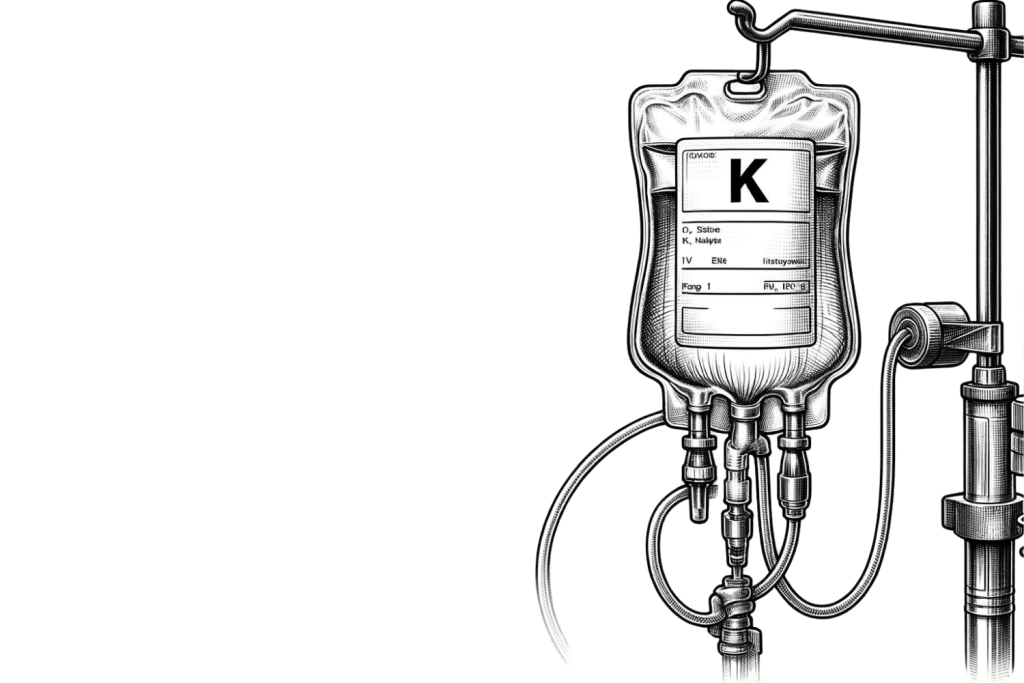
Intramuscular Ketamine Dose for Pain: Injections
Intramuscular ketamine for acute pain can be administered rapidly with high bioavailability. Pain doses range from 0.5 to 1 mg/kg [6]. They can be a single dose or on demand throughout a procedure.
Again, there is no standard dose for IM ketamine for chronic pain or mental health treatment.
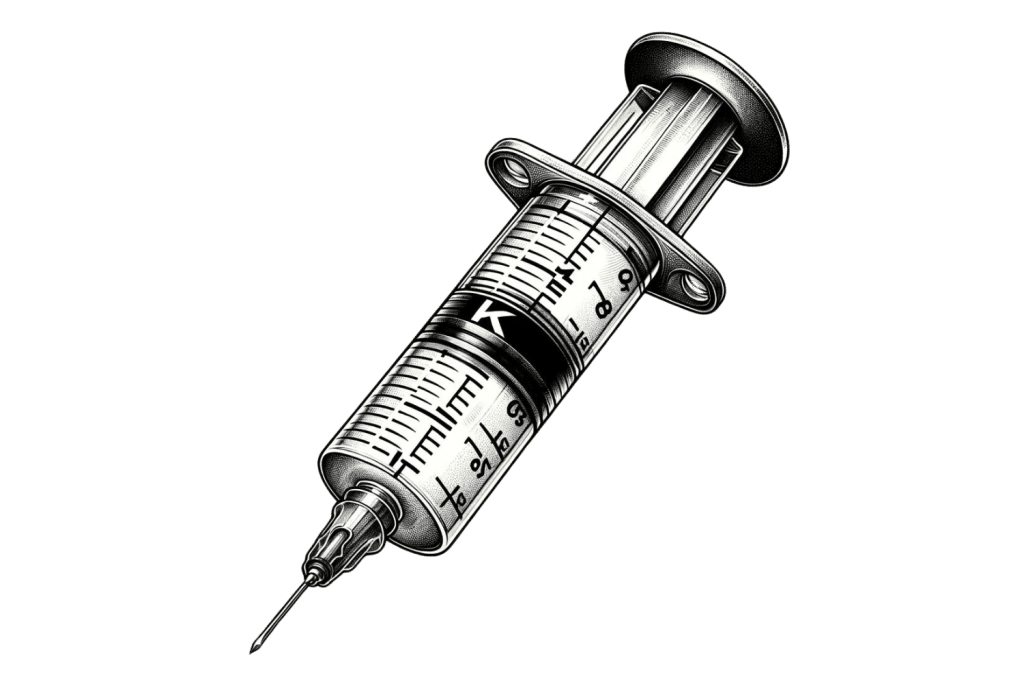
Intranasal Ketamine Dose for Pain: Nasal Spray
Research has established a 1 mg/kg dose for intranasal ketamine [7].
Another study measured how intranasal ketamine responded to pain post-surgery. Participants given 50 mg found meaningful pain relief within 15 minutes and performed better than those given a placebo in a 3-hour period [8].
The researchers used a formulation, not powder, to spray ketamine into the nostrils.
Related Guide: What is Spravato Ketamine Nasal Spray?
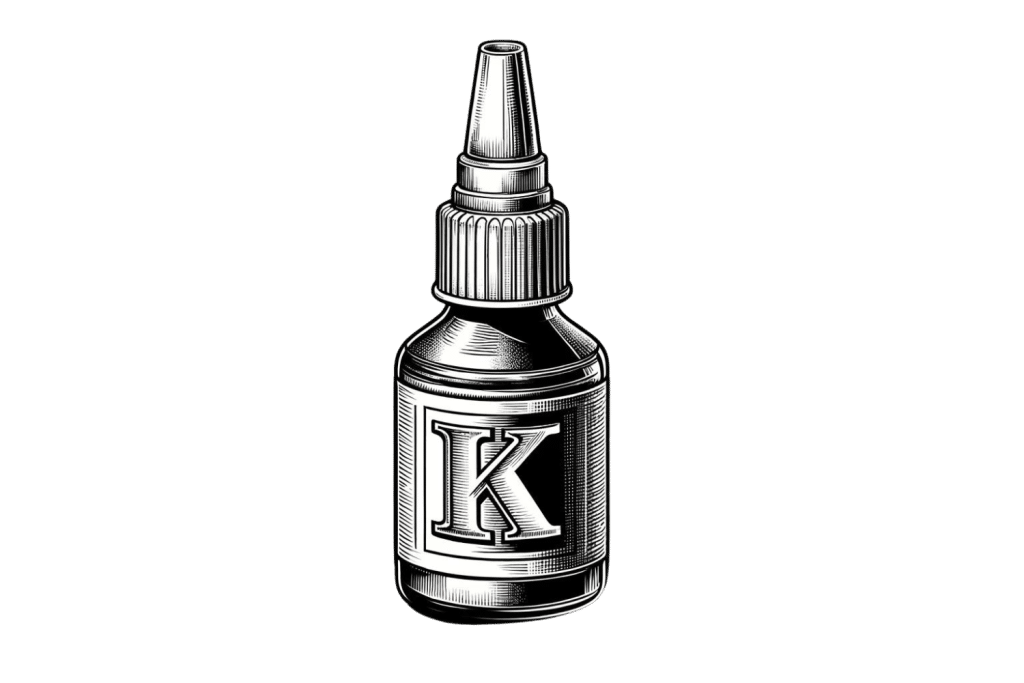
Oral Ketamine Dose for Pain: Tablets, Lozenges, & Troches
The dose range for oral ketamine is about 0.5 to 2 mg/kg for pain [6].
Oral ketamine, typically in the form of lozenges or troches, has some limited evidence for analgesic effects. One double-blinded study showed ketamine as superior to placebo in treating neuropathic pain with 30 mg of ketamine over 90 days.
Giving people regular doses of oral ketamine did come with side effects. These include hallucinations, dizziness, nausea, vomiting, migraines, and sleepiness in a small number of patients.

How Does Ketamine for Pain Work?
Ketamine’s effects on pain are dose-dependent, with higher doses being more effective and longer infusions extending benefits.
Studies on ketamine’s effects on various pain conditions are limited; however, its impact on neuropathic pain has received much attention.
Ketamine’s effect on pain is often attributed to its interaction with the NMDA receptor, an excitatory pathway involved in communicating the perception of pain. Ketamine inhibits activity at the receptor and can help prevent the “wind-up phenomenon,” a painful response to stimuli that are not usually painful.
However, ketamine likely has multiple effects on pain through many pathways. Researchers have also noted ketamine’s possible synergistic effects between chronic pain and depression. The two conditions are linked, and ketamine’s impact on both may greatly benefit some.
Ketamine Contraindications & Side Effects
For some people, ketamine may be dangerous.
Those with the following conditions should avoid ketamine:
- Pregnant or breastfeeding
- Personal or family history of psychosis
- Personal or family history of schizophrenia
- Ketamine allergy
- Adverse reactions to anesthetic
- Kidney or liver problems
- History of substance abuse
- Uncontrolled hypertension
- Cardiovascular disease
During ketamine treatment, side effects might appear:
- Disassociation
- Hallucinations
- Fluctuations in blood pressure
- Increase in heart rate
- Headache
- Sedation
- Dizziness
- Nausea
- Fatigue
- A “drunk” feeling
Additionally, post-ketamine, some side effects might persist:
- Memory defects
- Panic attacks
- Nausea Vomiting
- Sleepiness
- Cardiocasculvar stimulation
- Nightmares and vivid dreams
FAQs: Ketamine
Next, we’ll answer some common questions about ketamine.

1. How Long Does Ketamine Pain Relief Last?
There are reports of it lasting 48 hours to up to eight weeks. Some studies following up at 12 weeks have shown no effect.
2. Is Ketamine an Opioid?
Ketamine interacts with opioid receptors in the brain but is not technically an opioid. Its mechanism of action is different, and the potential for addiction is much lower than opioids.
3. Is Ketamine Safe?
Yes, ketamine has a long history of safe use in medicine.
When given by a medical professional to someone who can tolerate the drug and its effects, ketamine is a safe and effective drug.
References
- Bell, R. F., & Kalso, E. A. (2018). Ketamine for pain management. Pain reports, 3(5).
- Motov, S., Rosenbaum, S., Vilke, G. M., & Nakajima, Y. (2016). Is there a role for intravenous subdissociative-dose ketamine administered as an adjunct to opioids or as a single agent for acute pain management in the emergency department?. The Journal of emergency medicine, 51(6), 752-757.
- Gupta, A., Devi, L. A., & Gomes, I. (2011). Potentiation of μ‐opioid receptor‐mediated signaling by ketamine. Journal of neurochemistry, 119(2), 294-302.
- Silverstein, W. K., Juurlink, D. N., & Zipursky, J. S. (2021). Ketamine for the treatment of acute pain. CMAJ, 193(43), E1663-E1663.
- Orhurhu, V., Orhurhu, M. S., Bhatia, A., & Cohen, S. P. (2019). Ketamine infusions for chronic pain: a systematic review and meta-analysis of randomized controlled trials. Anesthesia & Analgesia, 129(1), 241-254.
- Zanos, P., Moaddel, R., Morris, P. J., Riggs, L. M., Highland, J. N., Georgiou, P., … & Gould, T. D. (2018). Ketamine and ketamine metabolite pharmacology: insights into therapeutic mechanisms. Pharmacological reviews, 70(3), 621-660.
- Carr, D. B., Goudas, L. C., Denman, W. T., Brookoff, D., Staats, P. S., Brennen, L., … & Mermelstein, F. (2004). Safety and efficacy of intranasal ketamine for the treatment of breakthrough pain in patients with chronic pain: a randomized, double-blind, placebo-controlled, crossover study. Pain, 108(1-2), 17-27.
- Christensen, K., Rogers, E., Green, G. A., Hamilton, D. A., Mermelstein, F., Liao, E., … & Carr, D. B. (2007). Safety and efficacy of intranasal ketamine for acute postoperative pain. Acute Pain, 9(4), 183-192.



